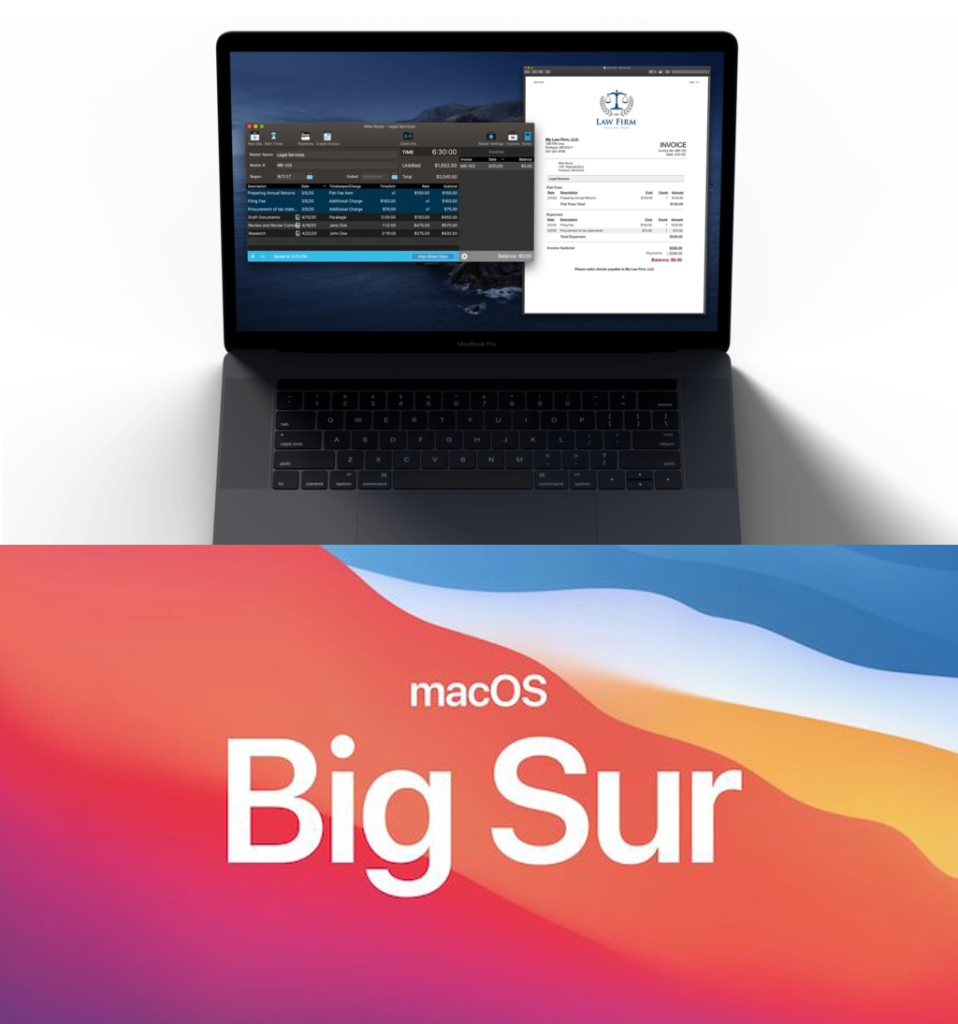
There was no special protection on the drive, so anything could happen. Months later, an exhibit curated by web artist Michael Manning entitled "Street Show: The Things Between Us" responded with its own take on the issue: Using "dead drops," an offline filesharing network made up of USB thumb drives physically installed in public spaces, the exhibit required visitors to obtain works from a drive cemented to the brick wall outside of the Eyebeam technology center in New York City.

Timenet law torrent software#
It wasn’t the first time: the torrented exhibits were part of the group’s ongoing efforts to “put net art back on the net,” a mission that mixes old-school software pirate sensibilities with an underlying drive to preserve digital works for the general public, even if that means wresting control of those works from the artists themselves. On the day of the exhibit’s premiere, the group released a torrent enabling all of the featured works, including all those from previous Art Micro Patronage exhibits, to be downloaded for free. In doing so, patrons are granted access to them after the exhibition “ends” and the works are removed from public viewing.Ġ-Day Art, a warez release group for internet art, has other ideas.

The website, an online gallery experimenting with new methods of monetizing artwork that uses the internet as a medium, recently launched C.R.E.A.M., its last in a series of online exhibitions of animated GIFs, web pages and other net-based artwork that asks visitors to contribute small amounts to individual works. But now that we’ve grown accustomed to the idea of shelling out tiny nuggets of tribute for things like apps, games and music, are we willing to do the same for art?Īrt Micro Patronage is hoping for the best. With online storefronts dominating the mobile market, it’s safe to assume that most people who own digital devices have some experience with the concept of micropayments.


 0 kommentar(er)
0 kommentar(er)
